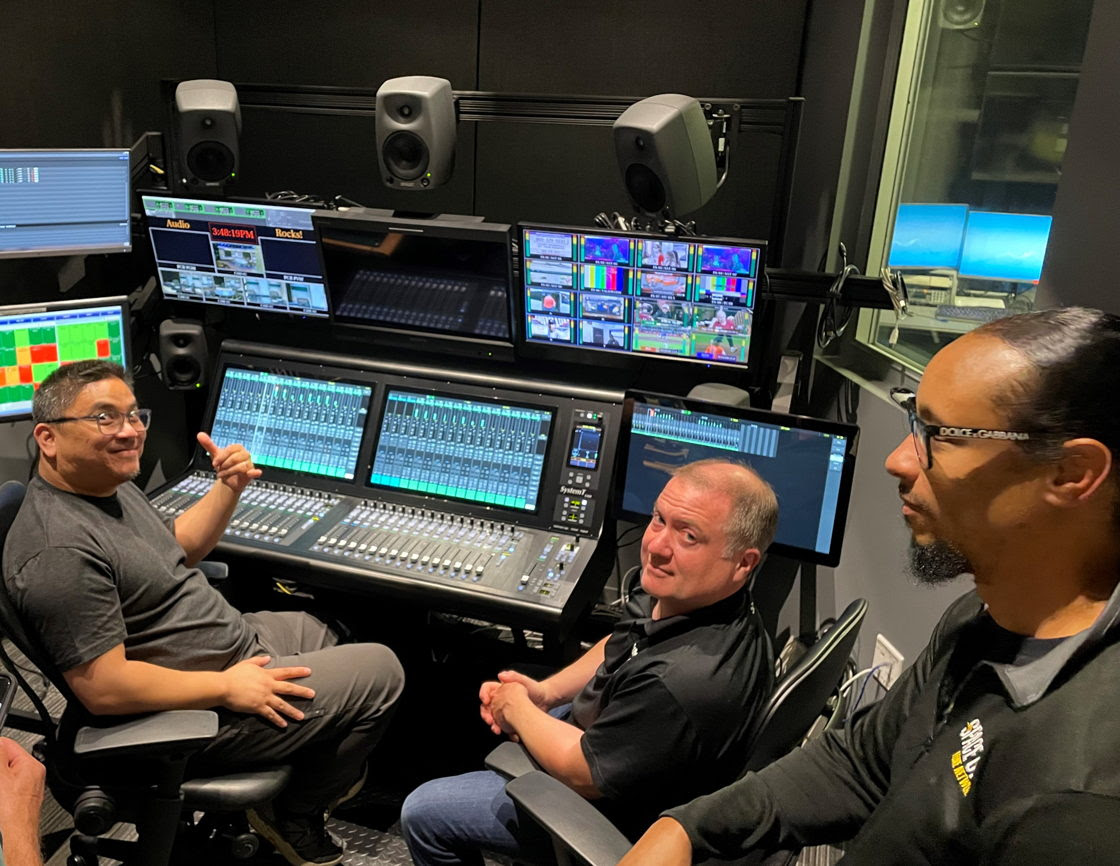American Cable Association Ditches Cable
PITTSBURGH—As cable operators continue to see declines in their video business due to cord-cutting and see the value of their broadband service expand, another cable association has decided to change its name to better reflect today’s market reality.

The American Cable Association, which represents more than 700 smaller and medium-sized independent cable operators, will now be known as the “ACA-American Communications Association,” according to President and CEO Matthew M. Polka, who announced the change to nearly 350 participants attending the association’s 26th annual Summit, held at the Grand Hyatt in Washington, D.C., on Wednesday. The association has adopted ACA Connects as its “day-to-day name.”
“It's all about the communications and connections our members provide," said ACA Connects’ Polka. "Even though our industry and technology are changing so rapidly, fueled by our members' broadband deployments, what's most important for our members and their customers is the ability to communicate freely and connect in their homes and businesses in countless new ways. With this name change, we’re recognizing that communication is the priority, not the medium.”
ACA Connects will continue to advocate for closing the digital divide for its members, including expanding broadband deployment in some of the most rural and financially challenging areas of the country, eliminating governmental barriers to investment and providing increased access to high-performance connectivity.
This is the first name change for the association in 20 years, when the association changed its name from the Small Cable Business Association (SCBA) to the American Cable Association. Its bigger brother, the National Cable Television Association (NCTA), took a similar tact in 2016 when it changed its name to “NCTA-The Internet and Television Association.”
Fed up by customer service complaints and higher monthly subscription fees, pay-TV providers have seen increasing declines in subscriptions to video services, with millions of subscribers over the past several years cancelling their video subscriptions in favor of so-called “skinny bundles” of virtual multichannel video program distributors (vMVPDs) like DirecTV Now, SlingTV and YouTube TV.
“The pay-TV market saw net losses increase in 2018,” said Bruce Leichtman, president and principal analyst for Leichtman Research Group. “Overall, the top pay-TV providers lost 3.1 percent of subscribers in 2018 compared to a loss of 1.6 percent in 2017. Since the industry’s peak in 1Q 2012, pay-TV subscribers for the top providers have declined about 6,000,000. This reflects a decline of about 10,000,000 subscribers for traditional services, offset by the addition of about 4,000,000 subscribers for the publicly reporting vMVPD services.”
The professional video industry's #1 source for news, trends and product and tech information. Sign up below.
Tom has covered the broadcast technology market for the past 25 years, including three years handling member communications for the National Association of Broadcasters followed by a year as editor of Video Technology News and DTV Business executive newsletters for Phillips Publishing. In 1999 he launched digitalbroadcasting.com for internet B2B portal Verticalnet. He is also a charter member of the CTA's Academy of Digital TV Pioneers. Since 2001, he has been editor-in-chief of TV Tech (www.tvtech.com), the leading source of news and information on broadcast and related media technology and is a frequent contributor and moderator to the brand’s Tech Leadership events.

